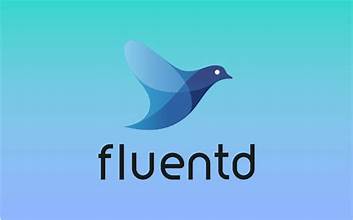Introduction
- The need for distributed systems logging
- The inadequacy of conventional logging solutions
Setting up Fluentd
Overview of Fluentd Features and Architecture
Configuration File Syntax
Overview of Event Workflow
Working with Fluentd Plugins
Overview of Fluentd Use Cases
Searching Data
Analyzing Data
Collecting Data
Archiving Data
Deploying Fluentd to Production
Logging and Monitoring
Managing Performance
Managing Plugins
Configuring Fluentd for High Availability
Troubleshooting
Summary and Conclusion
Duration
7 hours (usually 1 day including breaks)
Requirements
Though no technical background is required, understanding the examples requires some level of database theory (e.g. SQL, etc…)
Overview
This course helps customer to chose the write data storage depend on their needs. It covers almost all possible modern approaches.
Course Outline
- File Document Storage (Cloud Storage)
- Features (OCR, Scalaibility, Search, etc…)
- Open Source examples (e.g. Next Cloud)
- Some commercial examples
- Flat file storage
- XML databases
- CSV databases
- Relational databases
- Normalization
- Dependencies and Constrants
- Scalability – replications, clusters
- Open Source and commercial software (MySQL, PostrgreSQL, DM7, Oracle, etc.)
- NoSQL Storage
- Document Oriented Databases (MongoDB, CouchDB etc…)
- Column Orientation (Canadra, Scylla etc…)
- Search Orientation (Elasticsearch…
- NewSQL
- CAP Theorem
- Opensource software (SequoiaDB, etc…)
- Search Engines
- Features (text processing, relevancy, etc…)
- Open Source examples
- Scalability, High Availability, Load Balacing, etc….
- Traditional Datawherehouses
- Business Inteligence, OLTP and Datawherehouse
- Opensource and commercial solutions
- MapReduce and Distributed Parallel Processing
- Hadoop-like (Hive, HFS, Impala)
- Distributed filesystem
- Overview of opensource (Ceph etc…)
- In-memory Databases
- Opensource solution (e.g. ApacheIgnite)
- Others
- Hypertable (Google Bigtable)
- BigQuery
- AWS solutsion (S3, etc…)
- Beyond present – future trends

